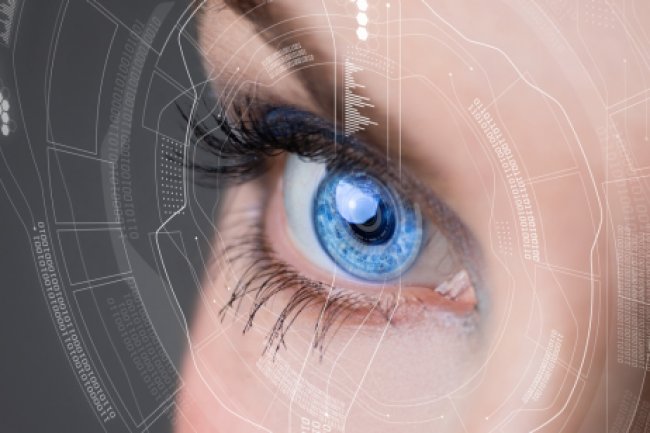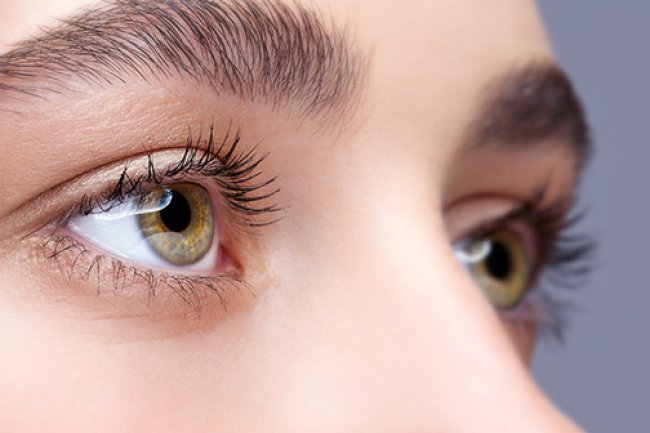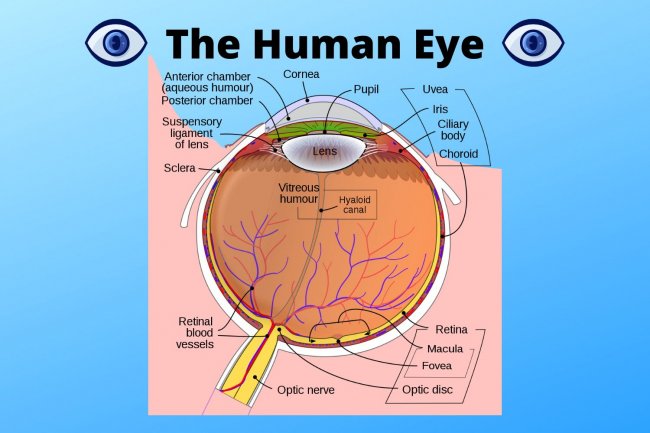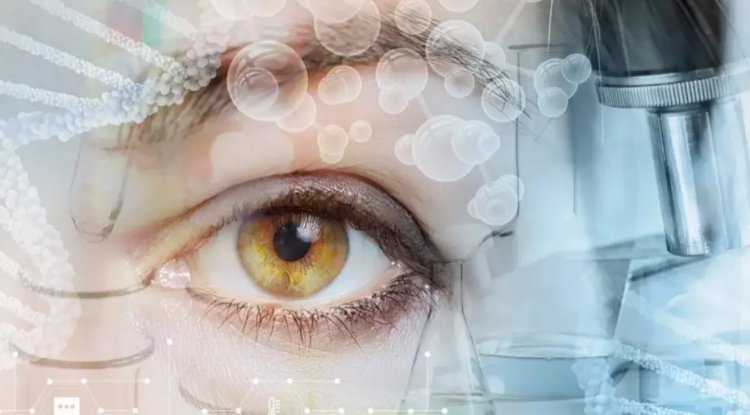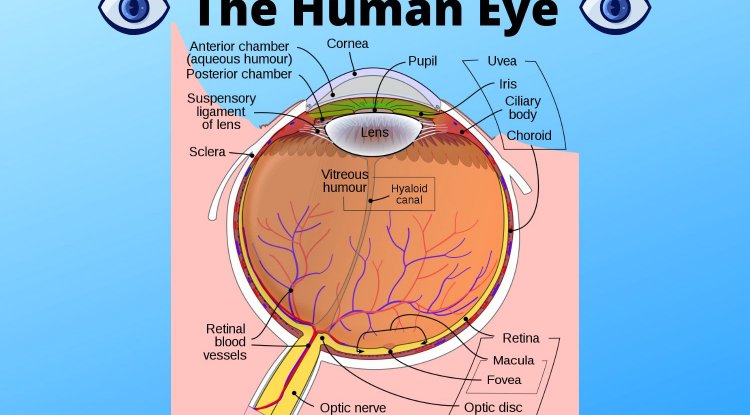How the Human Eye Sees ?
The human eye is a complex and sophisticated organ that is able to capture light and convert it into electrical signals that are sent to the brain, where they are interpreted as images. This process is known as visual perception and is made possible by the intricate structure of the eye, including the cornea, iris, pupil, lens, and retina. The cornea and the eye's natural lens help to focus the light onto the retina, the light-sensitive layer of cells at the back of the eye. The retina contains two main types of cells, rods and cones, which are responsible for detecting light and color respectively. The iris controls the amount of light that enters the eye, and the pupil changes size to adjust to different lighting conditions. Additionally, the retina contains a small spot called the fovea centralis, which is responsible for sharp, detailed vision. Understanding how the human eye works and the science behind visual perception can help us appreciate the miracle of human sight. In sum
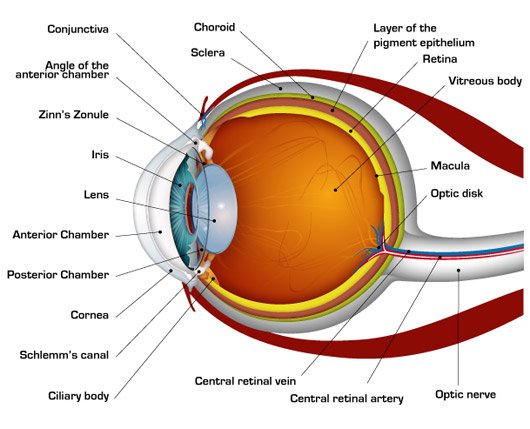
The human eye is able to see by capturing light and using specialized cells in the retina to convert that light into electrical signals that are sent to the brain. The process of vision begins when light enters the eye through the clear front surface, called the cornea. The cornea and the eye's natural lens help to focus the light onto the retina, the light-sensitive layer of cells at the back of the eye.
The retina contains two main types of cells called rods and cones. Rods are responsible for detecting light and dark, while cones are responsible for detecting color. These cells convert the light that enters the eye into electrical signals that are sent through the optic nerve to the brain, where they are interpreted as images.
The retina also contains a small spot called the fovea centralis, which is responsible for sharp, detailed vision. This area contains a high concentration of cones and is responsible for the ability to focus on fine details, such as text or facial features.
The iris, the colored ring of muscle that surrounds the pupil, helps to control the amount of light that enters the eye. The pupil is the black circle in the center of the iris that changes size to allow more or less light into the eye, which is important for adjusting to different lighting conditions.
Overall, the human eye is a complex and sophisticated organ that is able to capture light and convert it into electrical signals that are sent to the brain, where they are interpreted as images. This process is made possible by the intricate structure of the eye, including the cornea, iris, pupil, lens, and retina.

